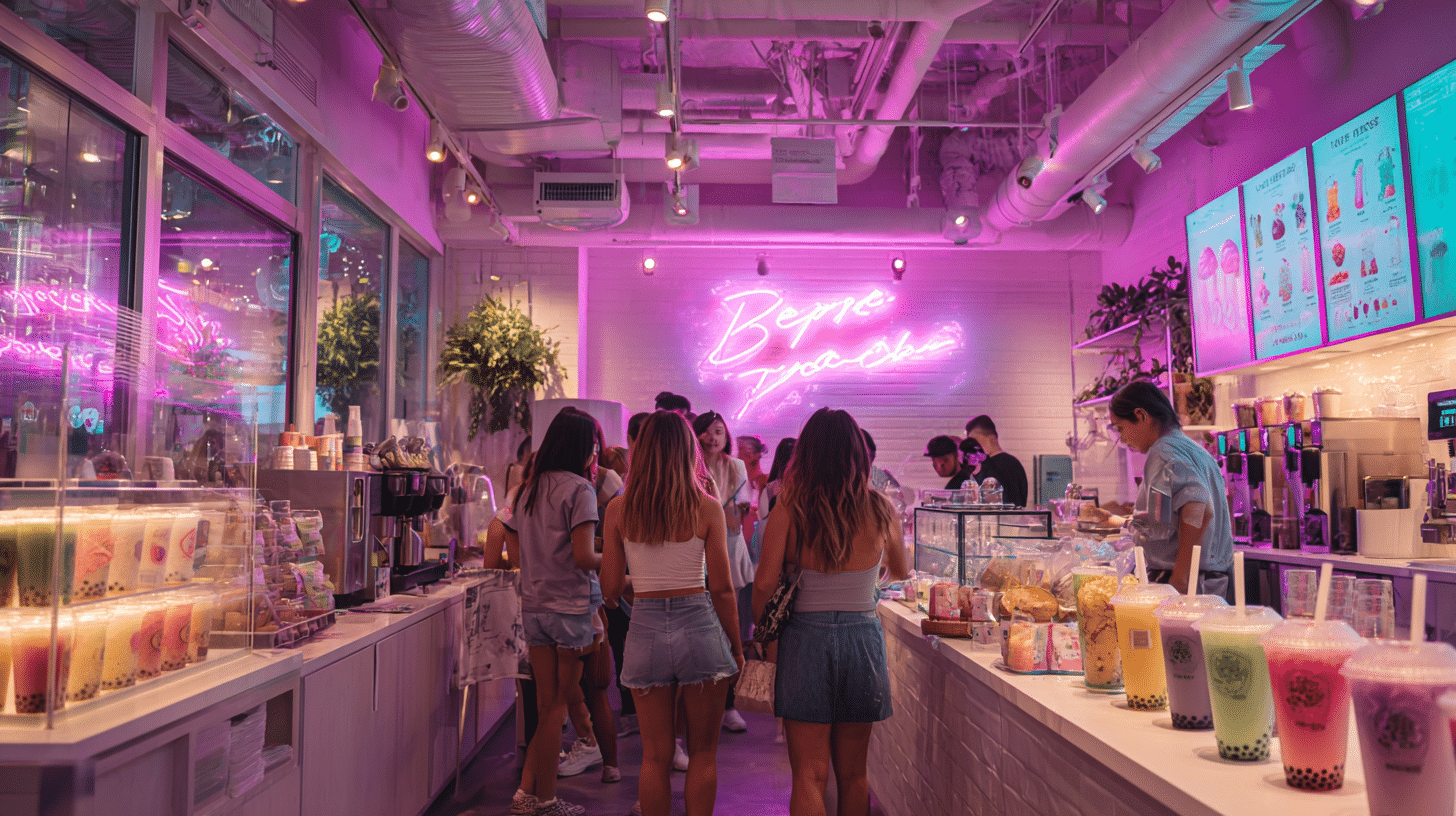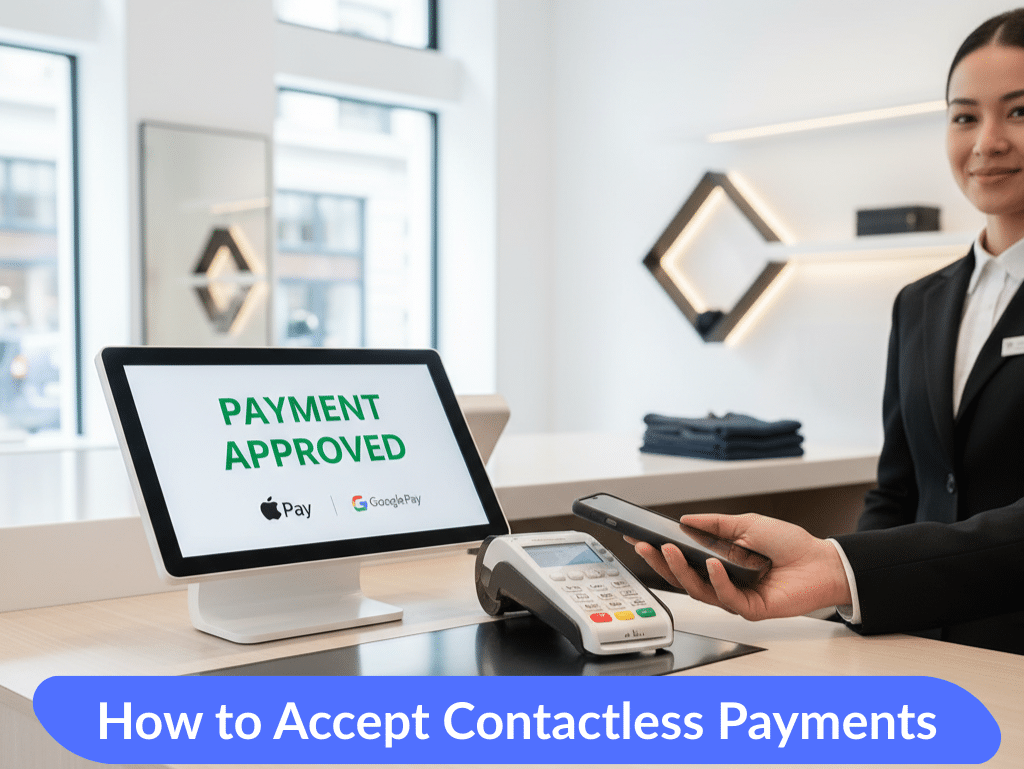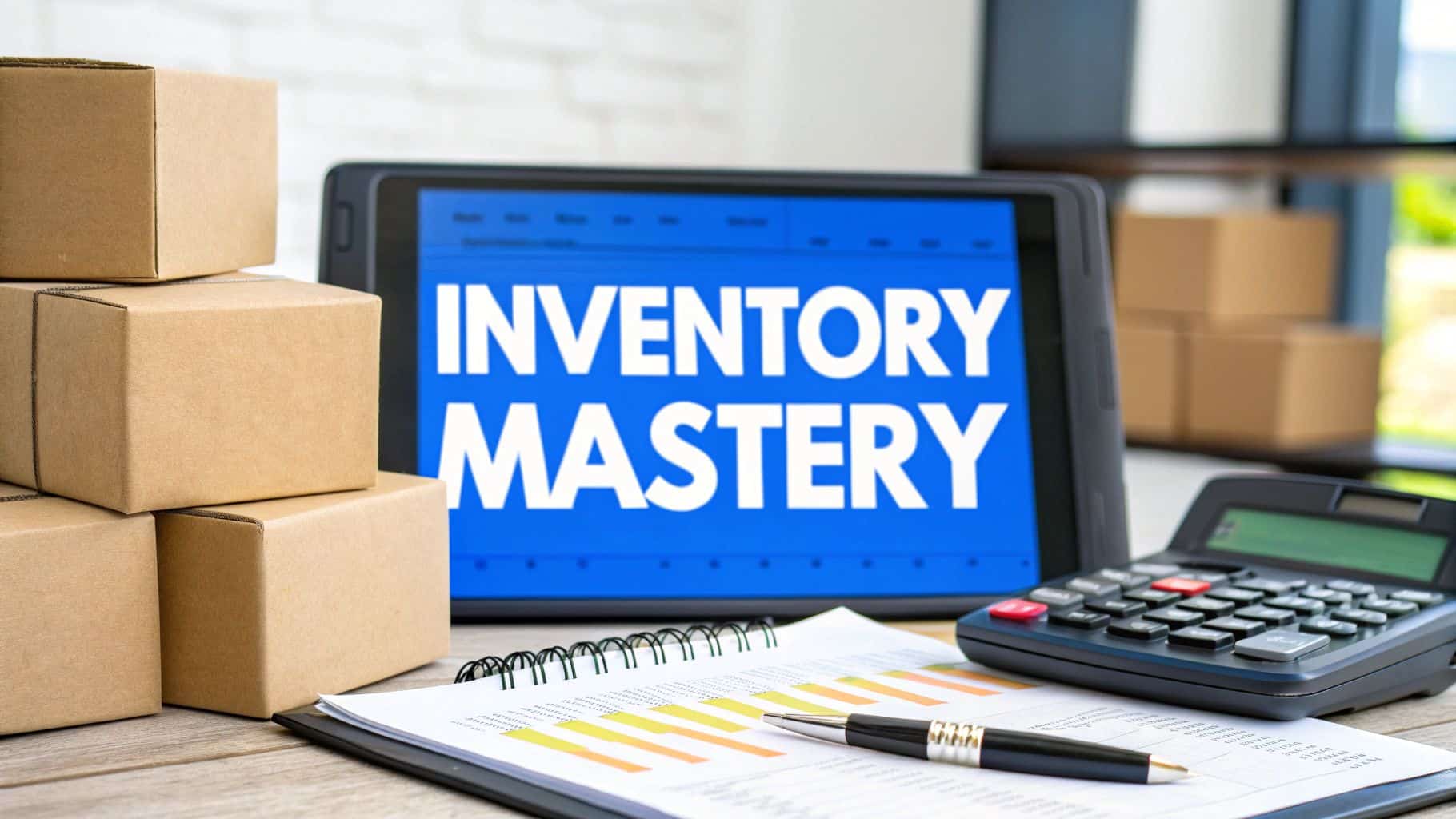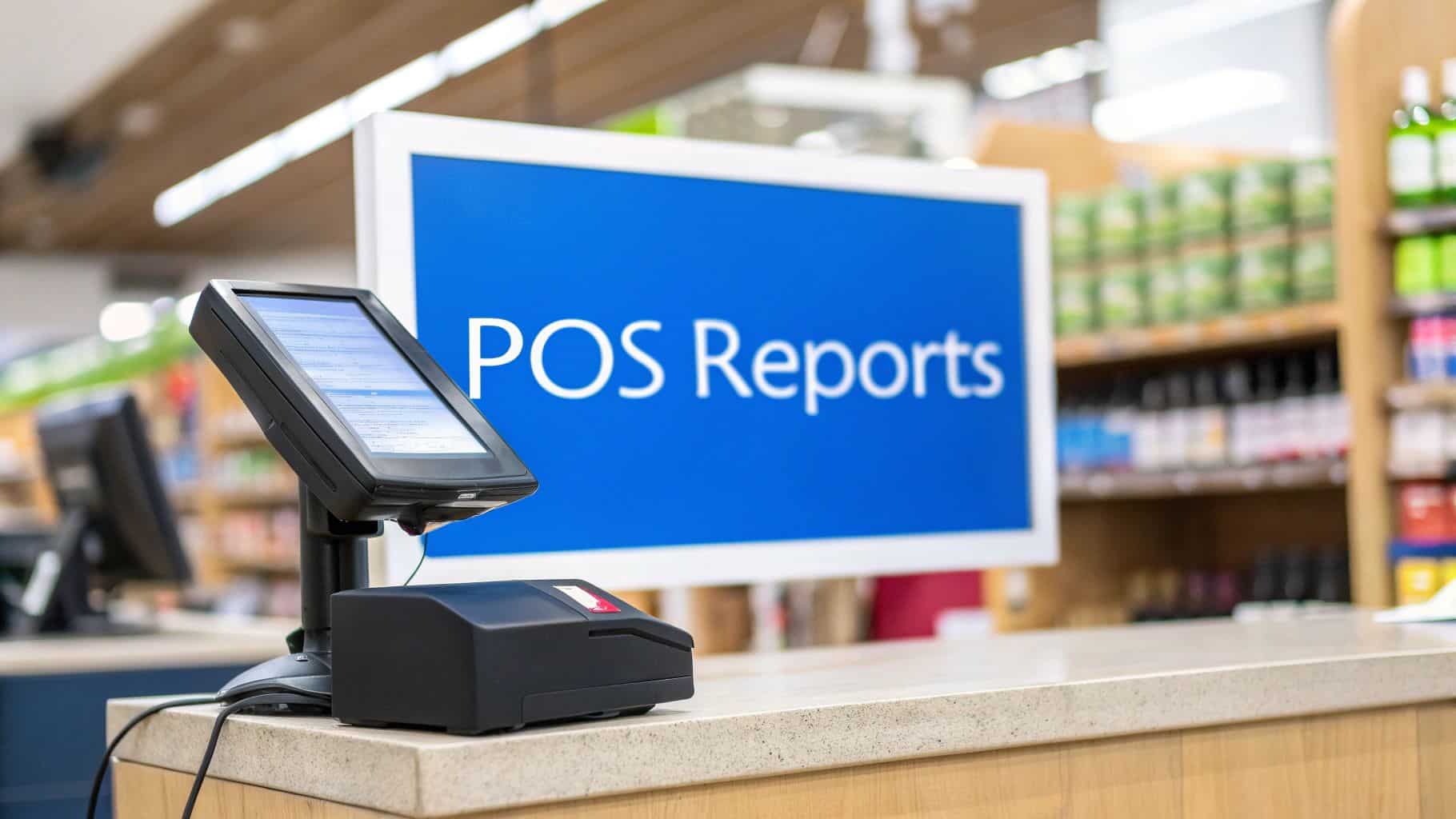A bubble tea shop is more than just a café serving boba drinks—it’s a destination where creativity, culture, and community meet. Originating in Taiwan during the 1980s, bubble tea, also known as boba, has become a global phenomenon loved for its chewy tapioca pearls, sweet milk teas, refreshing fruit teas, and customizable toppings. Today, bubble tea shops are thriving across the United States, Europe, and beyond, attracting younger generations, families, and professionals alike. This rising popularity creates an incredible opportunity for entrepreneurs to step into a profitable and exciting industry. If you are considering launching your own bubble tea business, this guide will walk you through every step, from crafting the perfect menu to scaling into multiple locations.
Table of Contents
- Crafting a Creative Bubble Tea Shop Menu
- Designing the Customer Experience
- Marketing Strategies for a Bubble Tea Shop
- Managing Operations and Technology
- Scaling and Growing Your Bubble Tea Business
- FAQ
Crafting a Creative Bubble Tea Shop Menu
At the heart of every bubble tea shop lies its menu. While design and branding attract people in, it’s the drinks themselves that keep customers returning. A strong menu should balance timeless classics, modern innovations, and seasonal specials. It should also provide customization options that empower customers to personalize their drinks. A carefully curated menu not only drives repeat business but also strengthens your brand identity, making your shop stand out in a crowded marketplace.
Milk Tea and Classic Boba Drinks
Milk tea is the foundation of nearly every bubble tea shop. This iconic drink combines strong brewed tea, creamy milk or non-dairy substitutes, and the chewy texture of tapioca pearls. The variety of flavors is nearly endless, ranging from black milk tea to green jasmine milk tea and taro milk tea. Customers love the ability to experiment with different sugar levels and ice amounts, which makes each order uniquely theirs. By offering these customizations, your shop creates a sense of ownership in every customer’s drink, leading to higher satisfaction and loyalty.
Classic boba drinks continue to dominate sales because they strike the perfect balance of familiarity and novelty. Brown sugar milk tea, for instance, is visually stunning with its caramel-like syrup streaks and has become an Instagram sensation worldwide. Matcha milk tea, another fan favorite, appeals to health-conscious customers who want antioxidants with their sweet treat. To make your menu stand out, feature signature creations that showcase your unique style. For example, you might introduce a lavender milk tea with honey tapioca pearls or a roasted oolong milk tea with almond milk.
Consistency is critical in maintaining quality. Customers expect their favorite drink to taste the same every time, and one bad experience can push them to competitors. Staff should be trained to follow recipes precisely, measure ingredients correctly, and prepare tapioca pearls to the right texture. Investing in quality tea leaves, fresh dairy or plant-based milks, and premium syrups pays off, as discerning customers can easily taste the difference. A bubble tea shop that consistently delivers on flavor will build a strong reputation in its community.
Fruit Teas and Specialty Beverages
Fruit teas have become a must-have for any bubble tea shop menu because they appeal to customers seeking lighter, more refreshing options. These drinks combine freshly brewed teas with fruit syrups, purees, or pieces of real fruit, making them not only tasty but also visually appealing. Popular flavors include peach oolong, lychee jasmine, passionfruit green tea, and strawberry black tea. Their bright colors and fresh taste are especially appealing during warmer months, attracting a different demographic than traditional milk tea lovers.
Specialty beverages like smoothies and slushes further diversify your menu and cater to those looking for richer or colder drinks. Mango smoothies topped with popping boba, strawberry slushes with fruit jelly, or even avocado milk shakes can draw attention to your shop. Fusion drinks are another growing trend, blending traditional bubble tea with coffee, sparkling water, or yogurt-based drinks. For example, a bubble tea latte with espresso shots can appeal to coffee drinkers while still keeping your brand identity intact.
Seasonal beverages can also keep your menu exciting and dynamic. Limited-time flavors like watermelon fruit tea in the summer, pumpkin spice milk tea in the fall, or peppermint chocolate boba during the holidays generate buzz and encourage repeat visits. By rotating seasonal drinks, you not only create anticipation but also collect valuable insights into customer preferences. This information helps you decide which limited-time drinks could eventually become permanent fixtures on your menu.
Toppings Bar and Customizable Options
The toppings bar is what sets a bubble tea shop apart from other beverage cafés. From the classic tapioca pearls to a wide variety of add-ons like grass jelly, pudding, aloe vera, red bean, and taro balls, toppings bring fun and personality to every drink. Customers love experimenting with different textures and flavors, making toppings a core part of the bubble tea experience. For example, pairing coconut jelly with fruit tea creates a refreshing summer drink, while pudding with milk tea adds richness and depth.
Customization doesn’t just stop at toppings. Offering flexibility in sugar levels, ice amounts, and milk alternatives makes your drinks accessible to a wider customer base. Lactose-intolerant customers, for example, appreciate options like almond, oat, or soy milk. Health-conscious customers enjoy the ability to reduce sugar or substitute honey for syrup. Providing these options makes your bubble tea shop more inclusive and helps build stronger customer loyalty.
Encouraging customers to upgrade their drinks with toppings also improves profitability. Many shops charge a small additional fee for each topping, which can significantly increase revenue without much added cost. To inspire customers, highlight topping combinations on your menu board, such as “brown sugar pearls with taro milk tea” or “popping boba with mango fruit tea.” This not only makes ordering easier but also boosts sales by sparking curiosity about new flavor pairings.
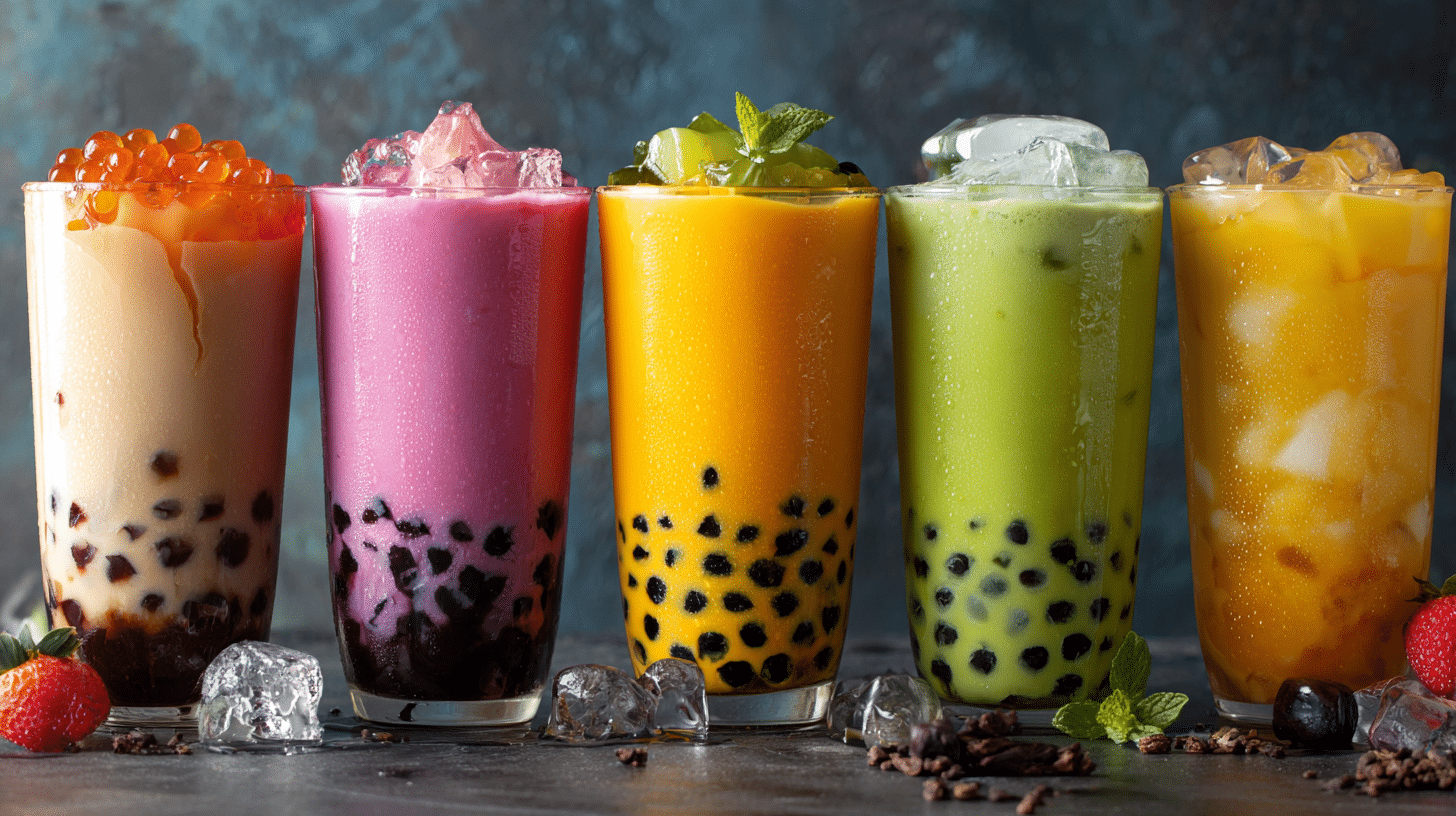
Designing the Customer Experience
The drinks may be the star of the show, but the overall customer experience is what keeps people coming back. A successful bubble tea shop carefully crafts its atmosphere, service style, and brand personality. Customers want more than just a beverage—they want an experience they can share with friends, post about online, and return to regularly. By focusing on design, convenience, and community, you can elevate your shop into a destination rather than just a café.
Modern Tea Shop Aesthetic
The interior design of your bubble tea shop is a powerful marketing tool. Many customers discover new shops through social media, where aesthetics play a huge role. Bright neon signs, bold color palettes, minimalist furniture, and Instagram-worthy wall art all encourage visitors to take photos and share them online. For example, a bubble tea shop with a floral wall and neon “Sip Happiness” sign can quickly become a local hotspot for social media influencers and casual visitors alike.
Comfortable seating and thoughtful layout matter just as much as visuals. Students often choose bubble tea shops as study spots, so providing cozy corners with power outlets and Wi-Fi encourages longer stays and more purchases. Families appreciate wide tables where they can share drinks and snacks, while grab-and-go customers prefer clear ordering stations and quick service. Every detail—from lighting to background music—should reflect your brand personality, whether that’s trendy and vibrant or calm and cozy.
Packaging also plays a big role in aesthetics. Using eco-friendly cups with creative designs or branded reusable bottles makes your drinks memorable. Unique packaging, such as bottles shaped like lightbulbs or mason jars, doubles as both a drink container and a marketing prop for photos. Customers who post pictures of their drinks with your branded packaging give you free advertising, reinforcing the importance of thoughtful design choices.
Grab-and-Go Convenience
Not all customers want to linger in your shop; many prefer quick, efficient service. Grab-and-go convenience has become increasingly important in today’s fast-paced world. To meet this demand, your bubble tea shop should offer mobile ordering, self-service kiosks, and clear pickup zones. A streamlined ordering process helps busy professionals, students, and commuters get their drinks without unnecessary delays. Shops located near office buildings or schools especially benefit from this model, as customers often visit during lunch breaks or between classes.
Technology makes grab-and-go service smoother. QR code menus, contactless payments, and apps that allow pre-ordering minimize wait times and increase customer satisfaction. Starbucks, for example, has successfully integrated mobile ordering into its customer experience, and bubble tea shops can achieve the same efficiency by adopting similar tools. When customers can pick up their favorite milk tea or fruit tea in under five minutes, they are more likely to choose your shop over competitors.
Speed should never come at the cost of quality, however. Staff must be trained to handle rush periods while maintaining consistency in flavor and presentation. Preparing popular drinks in advance or batching tapioca pearl cooking can help manage demand spikes. A balance between speed and quality ensures that grab-and-go customers remain loyal while still enjoying the same level of satisfaction as dine-in patrons.
Community and Social Engagement
One of the most powerful ways to make your bubble tea shop stand out is by becoming part of the community. Customers don’t just want a transaction—they want a relationship. Hosting events such as trivia nights, student discounts, or themed celebrations gives people a reason to return beyond just buying drinks. For instance, a bubble tea shop might host a “DIY Boba Night” where customers learn how to cook tapioca pearls and mix their own milk teas. These events create memorable experiences and build long-term loyalty.
Social media engagement also builds community. Encourage customers to share their drinks online by creating branded hashtags, running photo contests, or offering discounts for tagged posts. User-generated content is one of the most effective ways to spread awareness, as people trust recommendations from peers more than traditional ads. A bubble tea shop in Los Angeles, for example, doubled its followers after launching a campaign where customers posted creative photos of their drinks for a chance to win free boba for a month.
Collaborations with local businesses, schools, or charities further strengthen your reputation. Partnering with a local dessert shop for combo deals or sponsoring school events builds goodwill and expands your customer base. When people see your bubble tea shop supporting the community, they feel more connected to your brand and more likely to support it in return. This sense of belonging transforms casual customers into passionate brand advocates.
Marketing Strategies for a Bubble Tea Shop
Great drinks and good service form the foundation of a bubble tea shop, but without effective marketing, even the best businesses can struggle. Marketing is how you attract new customers, retain existing ones, and create brand recognition. A thoughtful strategy combines social media presence, customer incentives, and strong storytelling to create lasting visibility and engagement.
Social Media and Influencer Marketing
Social media is the most powerful tool for promoting a bubble tea shop. Platforms like Instagram, TikTok, and Facebook allow you to showcase colorful drinks, creative packaging, and engaging events. Short-form videos of tapioca pearls being scooped, milk swirling into tea, or customers sipping their creations often go viral because they’re visually satisfying. By consistently posting content, you ensure that your bubble tea shop stays visible in customers’ feeds and top-of-mind when they crave a drink.
Partnering with influencers can give your shop an immediate boost in awareness. Local food bloggers, lifestyle influencers, or micro-influencers with engaged followers can introduce your shop to hundreds or thousands of potential customers. Offering them free drinks in exchange for social media coverage is often more cost-effective than traditional advertising. For instance, a boba shop in New York gained traction after several TikTok influencers highlighted its seasonal pumpkin milk tea, creating a surge in visits during fall.
Interactive campaigns also drive engagement. Running polls on Instagram stories (“Which topping should we add next?”), posting behind-the-scenes videos, or creating TikTok challenges encourages participation. Customers enjoy feeling like part of the creative process, and when they contribute to decisions, they feel a stronger bond with your bubble tea shop. This connection often leads to repeat visits and enthusiastic word-of-mouth marketing.
Loyalty Programs and Promotions
Loyalty programs are essential for keeping customers coming back. Traditional punch cards where the tenth drink is free still work, but digital rewards programs offer even more opportunities. Mobile apps that track purchases, send push notifications, and offer birthday rewards increase engagement and convenience. Customers enjoy the sense of progress as they earn points toward free drinks or exclusive toppings. Starbucks revolutionized loyalty with its app, and bubble tea shops can replicate this success on a smaller scale.
Creative promotions can also attract attention and boost sales. Buy-one-get-one deals during slow hours, discounted seasonal flavors, or limited-edition toppings generate urgency and excitement. A bubble tea shop might run a “Happy Hour Boba” promotion from 3–5 p.m., encouraging students to stop by after school. Seasonal tie-ins—such as pink strawberry lattes for Valentine’s Day or green matcha specials for St. Patrick’s Day—help keep marketing fresh and relevant throughout the year.
Cross-promotions with nearby businesses are another effective strategy. Teaming up with a local bakery for “tea and pastry” combos or offering discounts to students from nearby schools expands your reach without significant costs. These collaborations create community connections and introduce your bubble tea shop to new customer bases. The key is to experiment with promotions and track which ones yield the best results for repeat implementation.
Brand Identity and Storytelling
Your brand identity is what sets your bubble tea shop apart from the competition. Customers are not only buying drinks—they’re buying into your story. Sharing why you opened your shop, your passion for tea, or your commitment to sustainability creates a personal connection. For example, a bubble tea shop founded by a family who traveled to Taiwan to learn traditional recipes can market its authenticity and cultural heritage. This narrative resonates with customers looking for more than just a beverage.
Visual branding plays a major role in reinforcing identity. A consistent color scheme, memorable logo, and cohesive design across menus, packaging, and signage make your shop instantly recognizable. If your bubble tea shop emphasizes eco-friendly values, your logo and materials might highlight natural elements and green tones. If you focus on bold creativity, vibrant colors and quirky packaging will better reflect your personality. The stronger and more consistent your branding, the easier it is for customers to remember and recommend your shop.
Storytelling continues in everyday interactions. How your staff greets customers, the descriptions on your menu, and even the captions on social media posts all contribute to your brand’s personality. Customers who feel aligned with your story often become ambassadors, proudly sharing your drinks with friends. Building a strong identity ensures that your bubble tea shop isn’t just another café but a brand people feel emotionally connected to and want to support long term.
Managing Operations and Technology
Behind the scenes, successful bubble tea shops rely on efficient operations and smart technology. Smooth processes ensure drinks are made consistently, costs are controlled, and customer service is streamlined. Without strong operations, even shops with great drinks can quickly become overwhelmed. Technology and training are the tools that allow bubble tea shops to scale while maintaining quality.
Inventory and Supply Chain Management
Running out of ingredients during peak hours is one of the fastest ways to lose customers. Proper inventory management prevents shortages and ensures you can deliver on demand. Digital tools can track stock levels in real time, automatically alerting you when it’s time to reorder tapioca pearls, tea leaves, or syrups. This prevents both shortages and overstocking, which can lead to waste and unnecessary costs.
Working with reliable suppliers is equally important. Choosing distributors who consistently deliver high-quality tea leaves and toppings ensures that your drinks taste the same every time. For example, a supplier who delays tapioca pearl shipments could force you to remove your most popular drinks from the menu, costing you revenue and customer trust. Establishing multiple supplier relationships provides backup options in case of emergencies.
Forecasting demand is another essential skill. Sales data often reveals patterns, such as fruit teas being more popular during summer or brown sugar milk teas spiking on weekends. By analyzing these trends, you can stock accordingly and avoid both shortages and excess waste. Forecasting also helps plan for seasonal specials, allowing you to order limited ingredients without overcommitting resources.
POS Systems and Technology Integration
A modern POS (Point of Sale) system is essential for any bubble tea shop aiming to operate smoothly. It handles everything from order taking to payment processing while also tracking sales data and customer preferences. A good POS can reduce errors, speed up service, and simplify inventory management. Customers notice when orders are consistently accurate, and this reliability builds trust and satisfaction.
Biyo POS is a leading solution for bubble tea shops because it integrates advanced features tailored to specialty beverage businesses. With customizable ordering screens, staff can easily add toppings, adjust sugar levels, or modify ice without confusion. Real-time analytics let owners see which drinks sell best and which times are busiest, helping them optimize staff schedules and marketing campaigns. Biyo POS even integrates with online ordering and delivery platforms, ensuring consistency across multiple sales channels.
Technology also enhances customer convenience. Self-ordering kiosks, QR code menus, and mobile apps make the ordering process faster and more enjoyable. These tools reduce staff workload while improving customer satisfaction. With POS integration, loyalty programs and promotions become easier to manage, creating a seamless experience for both customers and employees. In today’s competitive landscape, adopting smart technology is no longer optional—it’s essential.
Staff Training and Consistency
Well-trained staff are the backbone of a successful bubble tea shop. From brewing tea correctly to cooking tapioca pearls, every detail requires precision. Training ensures that each employee knows how to replicate drinks consistently, reducing variation and maintaining quality. Customers should feel confident that their favorite milk tea tastes the same every time they visit, no matter which staff member prepares it.
Customer service training is just as important as drink preparation. Friendly greetings, attentive listening, and quick problem-solving make customers feel valued. A smile and a willingness to adjust orders go a long way in creating positive experiences. Shops that invest in service training often see higher customer retention, as people are more likely to return to places where they feel appreciated.
Regular team meetings and performance reviews help reinforce consistency. Sharing sales data, customer feedback, and operational updates keeps everyone aligned with the shop’s goals. Offering incentives for top performers or recognizing staff achievements also boosts morale. When employees feel invested in the success of the bubble tea shop, they are more motivated to deliver high-quality service, which directly impacts customer loyalty and profitability.
Scaling and Growing Your Bubble Tea Business
Once your bubble tea shop is profitable and consistent, expansion becomes the next step. Growth can take many forms, from opening multiple locations to franchising your concept. Scaling requires careful planning, as replicating success across new locations involves standardization, technology, and ongoing innovation.
Multi-Location Expansion
Opening additional locations allows your bubble tea shop to capture a larger share of the market. Choosing the right areas is key—high-traffic spots near schools, malls, or transit hubs are ideal. Each new location should reflect your brand identity while adapting to the needs of its community. For example, a shop near a university might emphasize late-night hours, while one in a business district could focus on quick grab-and-go service during lunch breaks.
Standardizing operations is critical for multi-location growth. Detailed manuals for recipes, service guidelines, and staff training ensure that customers receive the same experience at every branch. When someone visits your bubble tea shop in one city and then another, they should encounter the same flavors, packaging, and service quality. This consistency builds brand trust and encourages loyalty across regions.
Centralized technology like Biyo POS simplifies multi-location management. Real-time dashboards let owners monitor sales, inventory, and staff performance across all stores from a single platform. This transparency improves decision-making and helps identify trends or issues quickly. With centralized oversight, expansion becomes more manageable and less risky.
Franchising Opportunities
Franchising is an effective way to grow a bubble tea brand without bearing all the costs of expansion. Franchisees invest in opening new locations under your brand name, while you provide training, marketing support, and operational systems. This model allows rapid growth, especially in regions where bubble tea demand is rising but competition is still limited.
To attract franchisees, your bubble tea shop must have a proven track record, strong branding, and well-documented systems. This includes recipes, supplier lists, marketing strategies, and employee training programs. A successful franchise model ensures that new shops replicate your success while maintaining consistency. For example, global bubble tea chains like Gong Cha and Kung Fu Tea have thrived by offering comprehensive franchise support packages.
Building strong relationships with franchisees is essential. Regular training, performance monitoring, and open communication ensure that franchise locations stay aligned with your brand’s vision. When franchisees feel supported, they are more likely to succeed, which in turn strengthens your overall brand reputation and growth potential.
Innovations and Future Trends
The bubble tea industry continues to evolve, and shops that embrace innovation stay ahead of the curve. Eco-friendly practices, such as biodegradable cups, reusable straws, and compostable packaging, are increasingly important as customers become more environmentally conscious. Shops that commit to sustainability not only reduce environmental impact but also attract a loyal base of eco-minded customers.
Future beverage trends also shape bubble tea menus. Low-sugar options, superfood infusions, and healthier toppings like chia seeds or aloe vera are gaining popularity. Fusion drinks, such as tea-based cocktails or sparkling fruit infusions, appeal to adventurous customers seeking something new. By keeping your menu fresh and aligned with emerging preferences, your bubble tea shop remains relevant and competitive.
Technology will play a growing role in the industry. AI-powered ordering assistants, predictive analytics, and personalized customer recommendations are already being tested by leading brands. Integrating these tools can give your bubble tea shop a competitive edge, creating faster, smarter, and more personalized service. Shops that adopt innovations early often become trendsetters, setting the standard for others to follow.
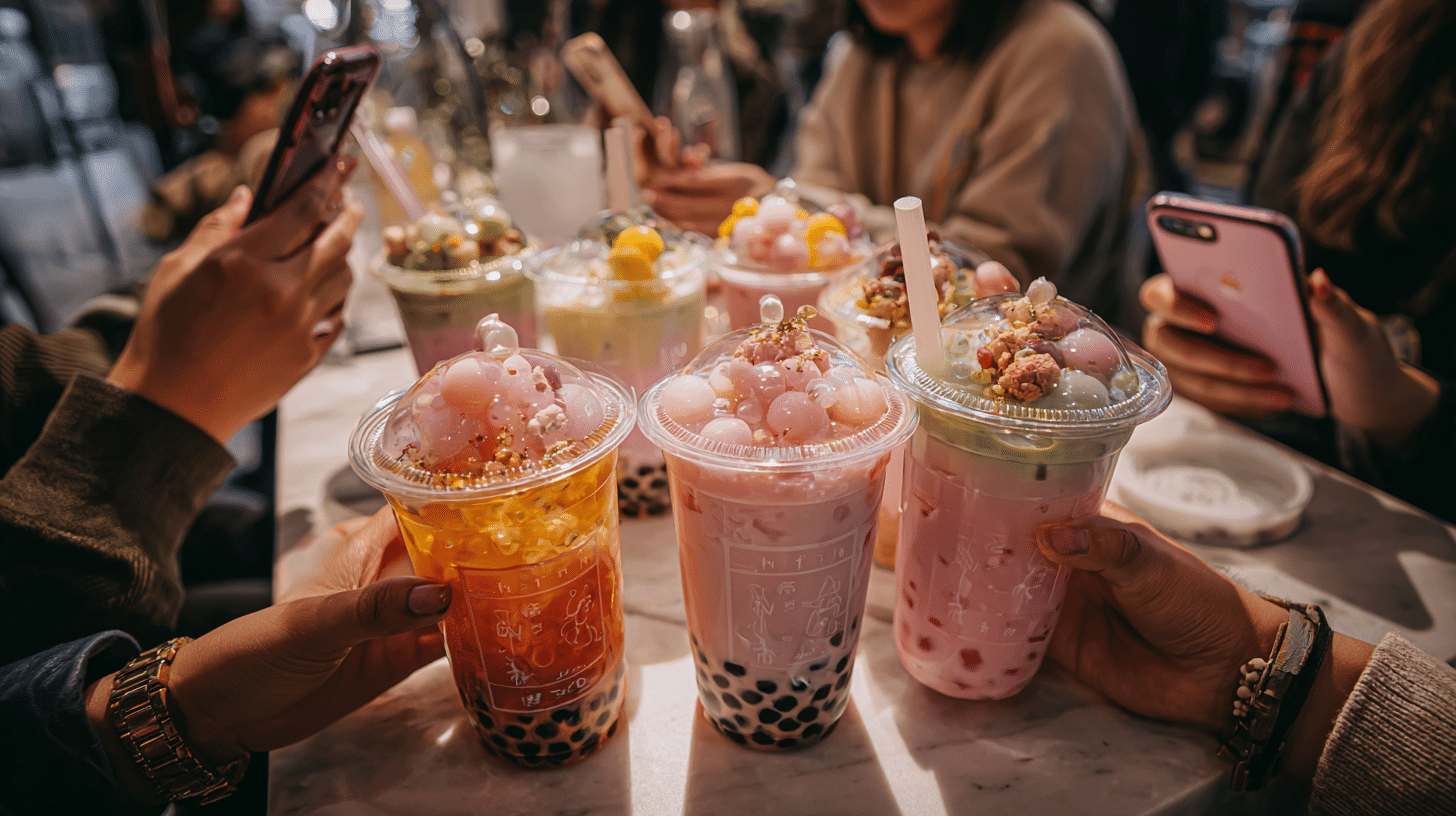
Biyo POS for Bubble Tea Shops: Running a successful bubble tea shop requires creativity, consistency, and efficiency. Biyo POS supports these goals with customizable order management, AI-powered voice assistants, real-time analytics, and seamless integration across in-store and online channels. With Biyo POS, shop owners can streamline operations, reduce wait times, and position their bubble tea business for scalable growth.
FAQ
What is the most popular drink in a bubble tea shop?
The most popular drink is classic milk tea with tapioca pearls, commonly known as boba. Other top sellers include brown sugar milk tea, taro milk tea, and matcha lattes, which combine visual appeal with unique flavors.
How much does it cost to start a bubble tea shop?
Startup costs typically range from $50,000 to $300,000 depending on location, size, and equipment. Expenses include rent, renovations, staff hiring, ingredients, and technology systems such as a POS. Smaller kiosks or carts may require less investment, while large dine-in spaces cost more.
What makes a bubble tea shop successful?
Success depends on a combination of creative menus, excellent customer service, efficient operations, and strong branding. Shops that consistently deliver high-quality drinks while creating memorable customer experiences are more likely to thrive long term. Leveraging technology like Biyo POS also ensures accuracy and efficiency.
How can I market my bubble tea shop?
Effective marketing strategies include social media campaigns, influencer partnerships, loyalty programs, and themed promotions. Offering Instagram-worthy drinks and encouraging user-generated content also increases organic exposure. Combining online engagement with community events helps build a strong brand presence both digitally and locally.
What trends are shaping the future of bubble tea shops?
Key trends include eco-friendly packaging, seasonal specialty drinks, superfood infusions, and technology-driven ordering systems. Shops that stay flexible and adapt to these changes remain competitive while appealing to evolving customer expectations.
